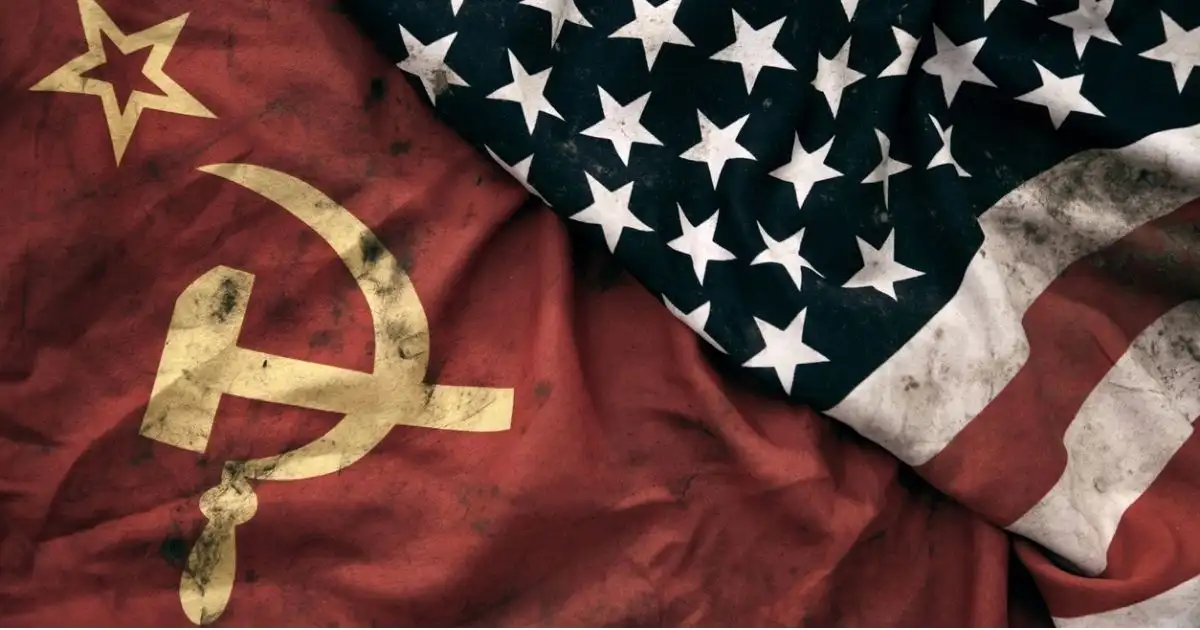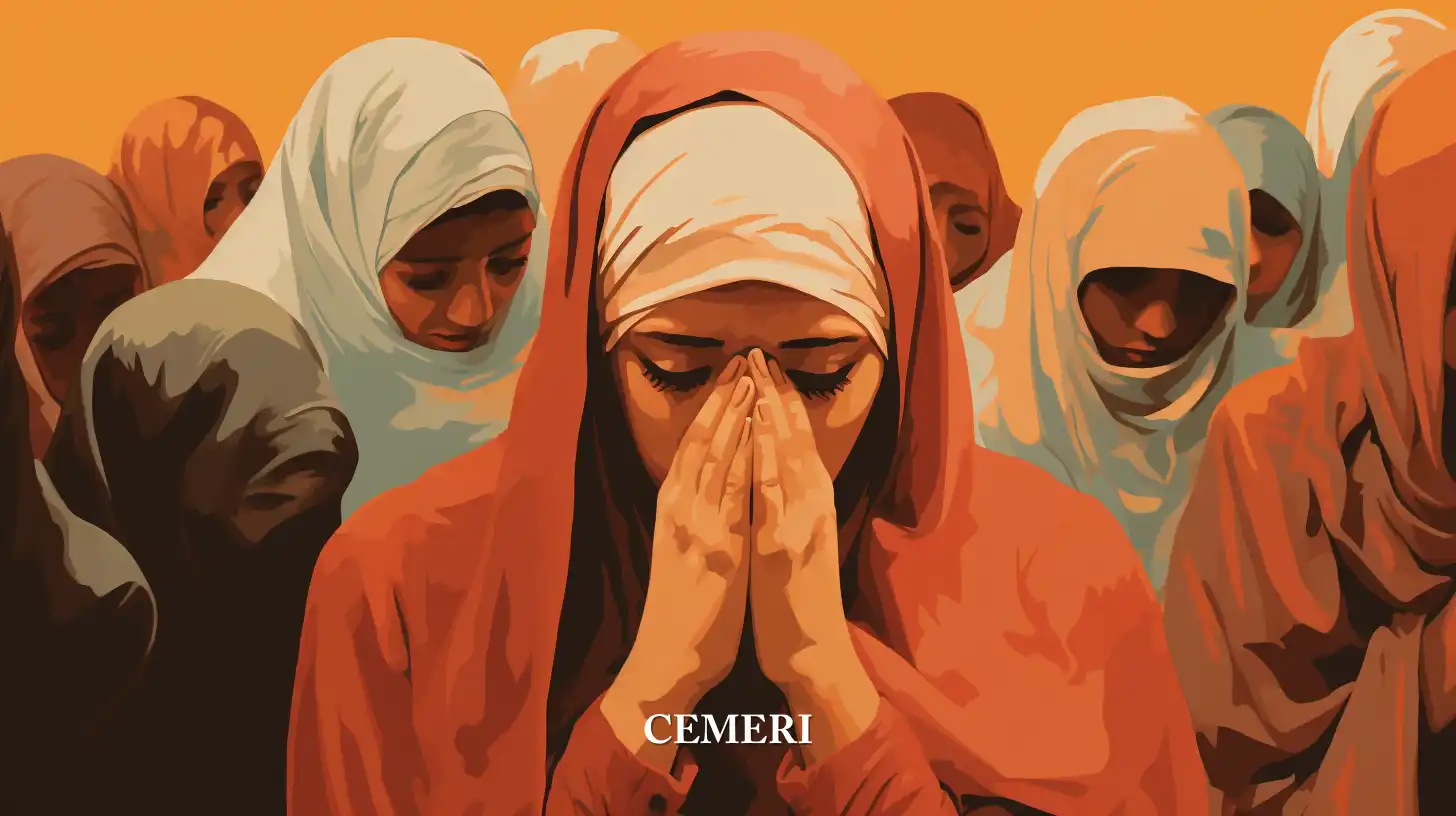Encyclopedia
Lizbeth Rodriguez
What was the cold war?
- In the middle of the 20th century, a new world order was configured that reformulated the field of International Relations, which marked the transition from a multipolar world to a bipolar world.

In the middle of the 20th century, a new world order was configured that reformulated the field of International Relations, which marked the transition from a multipolar world to a bipolar world. The protagonists of this emerging scenario were two superpowers that defined themselves by opposition: the Soviet Union, which led the Cominform (1947), later the Warsaw Pact (1955), and the United States, which took charge of the Organization of the Treaty of North Atlantic (NATO) (1949) (Delicia Zurita and Simonoff, s.f.).
During a period of approximately forty-five years, both powers maintained a confrontation to the point that the rest of the world's states had to align themselves as capitalists or communists. The Cold War defined the course of international politics (Delicia Zurita and Simonoff, s.f.).
Thus, with the aim of rebuilding the European continent after the war and avoiding the increase of communist influence among an impoverished population, the US began in 1948 a program of economic aid to European countries called the Marshall Plan. The USSR considered the plan, devised by Secretary of State George Marshall, as a strategy to use its money as a form of political control and rejected it outright (UNHCR, 2018).
The tension grew to such an extent that the USSR closed the adjacent borders with Germany, which created a pre-war situation that led to the belief that the outbreak of war was imminent. Finally, the tensions of the situation were reduced and the borders were reopened in 1949, but the Cold War was already a reality (UNHCR, 2018).
According to Fred Halliday (1993), this period can be divided into four stages:
Phase 1: “First Cold War” (1946- 1953): Neither the East nor the West could dominate one over the other, so that its outcome was inconclusive due to the parity of forces on both sides.
Phase 2: “Oscillatory Antagonism” (1953-1969): Characterized by a static confrontation and a period of détente, essentially negotiation.
Phase 3: “Détente” (1969- 1979): During it, tensions are not of great importance and a loosening of the East-West bid can be observed. This was reflected in a marked reduction in the arms race and in a tendency towards tolerance of the “other” second social order.
Phase 4: “Second Cold War” (1979 onwards): It was once again marked by a strong ideological tendency that revolved around considering the enemy as a threat to all humanity.
On the other hand, the United Nations High Commissioner for Refugees (UNHCR, 2018), classifies it by historical moments:
Berlin Wall
In 1961, in order to curb emigration and smuggling, the communist authorities of the German Democratic Republic (GDR) built a wall that isolated the western part of Berlin, belonging to the Federal Republic of Germany (FRG), a member country from NATO. The renowned Berlin Wall would become, until its fall in 1989, the great symbol of the Cold War in Europe.
Arms and space race
The US and the USSR launched into a headlong race to possess the largest nuclear arsenal and the most developed space technology. As a result, the development of such a vast capacity for destruction was achieved by both countries, that a war would have inevitably led to mutual destruction. This fact was key to prevent open war from breaking out. Space advances were also made, such as the first manned journey into space and sending a person to the surface of the Moon on July 20, 1969.
Vietnam War
It was the period of proxy wars or wars in third countries, where each of the blocks supported different contenders without directly confronting the other. It went down in history for its duration, its extremely high cost in human lives, and for the international movement against it that emerged in the 1960s and 1970s in almost all Western countries. It ran from 1955 to 1975 and ended with the victory of the North Vietnamese communist troops against the United States army, which suffered the first war defeat in its history.
Cuban Missile Crisis
It was probably the closest moment to the outbreak of a nuclear war during the Cold War. In October 1962, the United States discovered the installation of Soviet nuclear missiles in Cuba, sparking a diplomatic crisis that culminated in the dismantling of the missiles 14 days later. The possibility of nuclear war reappeared in 1983, when NATO military exercises in the FRG were mistakenly interpreted as an invasion attempt by the USSR, but it never broke out.
Fall of the USSR
The 1980s resulted in the fall of the USSR and therefore the end of the bipolar world and the Cold War. The defeat of the Soviet troops in Afghanistan, the economic crisis that gripped the USSR economy and the political crises of the communist regime precipitated the end of what had been the second world power during the second half of the 20th century. In November 1989 the Berlin Wall fell and in December 1991 the USSR would officially disappear, which was later divided into the current post-Soviet republics (Kazakhstan, Kyrgyzstan, Tajikistan, Turkmenistan and Uzbekistan). The Cold War was over.
Sources
Referencias: ACNUR. (2018). La gran guerra que nunca estalló: un resumen de la Guerra Fría. Recuperado de https://eacnur.org/blog/resumen-de-la-guerra-fria-tc_alt45664n_o_pstn_o_pst/
Delicia Zurita, M. & Simonoff, C. (s.f.). La Guerra Fría en el marco de las Relaciones Internacionales. Recuperado de https://secyt.presi.unlp.edu.ar/cyt_htm/ebec07/pdf/zurita.pdf
Halliday, F. (1993). Los finales de la Guerra Fría. En Blackburn, Robin (comp). Después de la caída. Barcelona.

